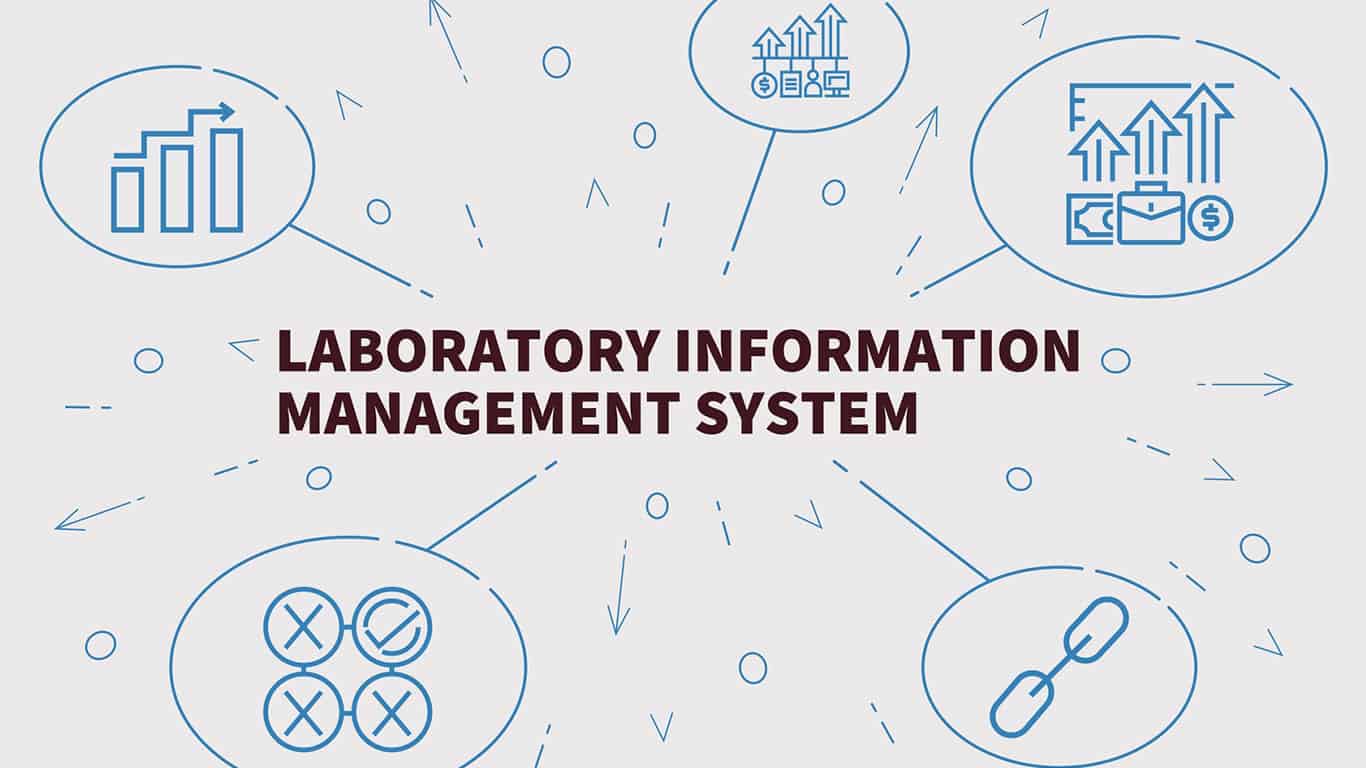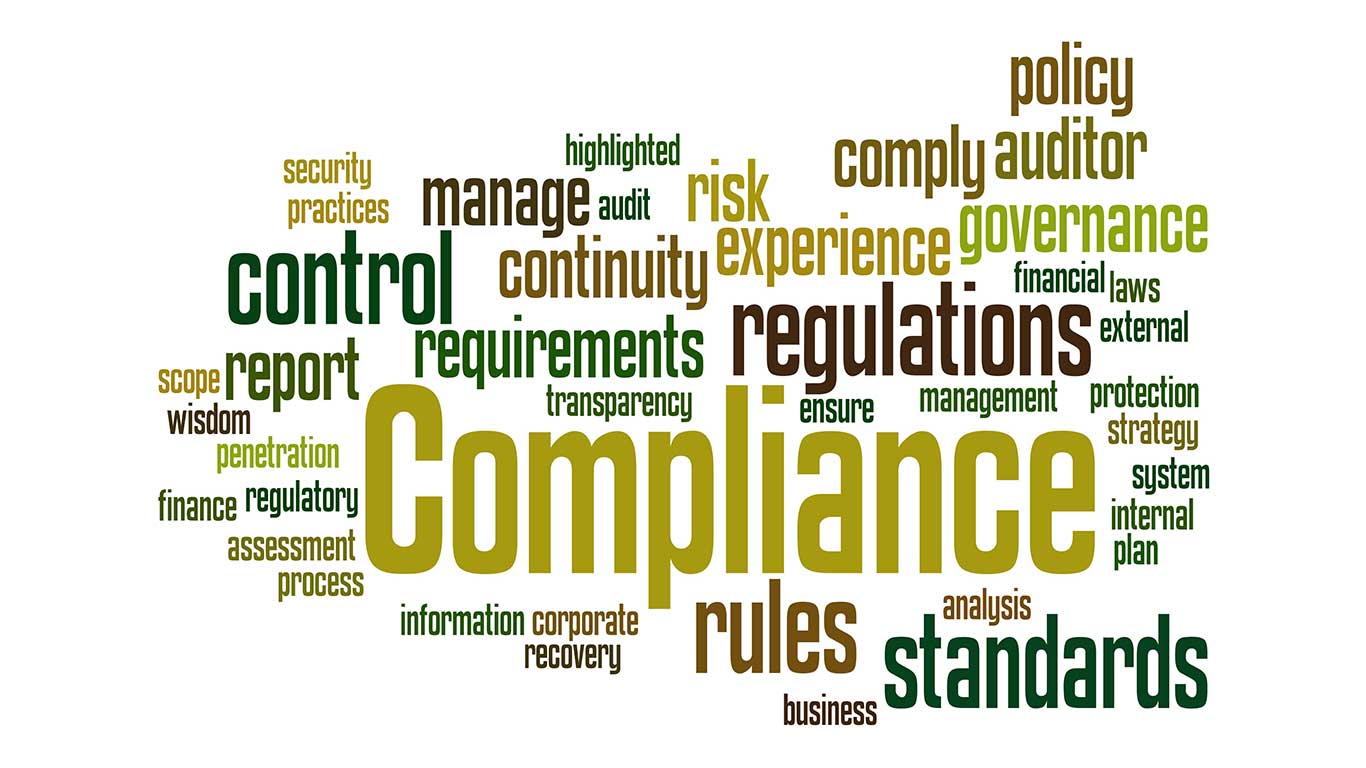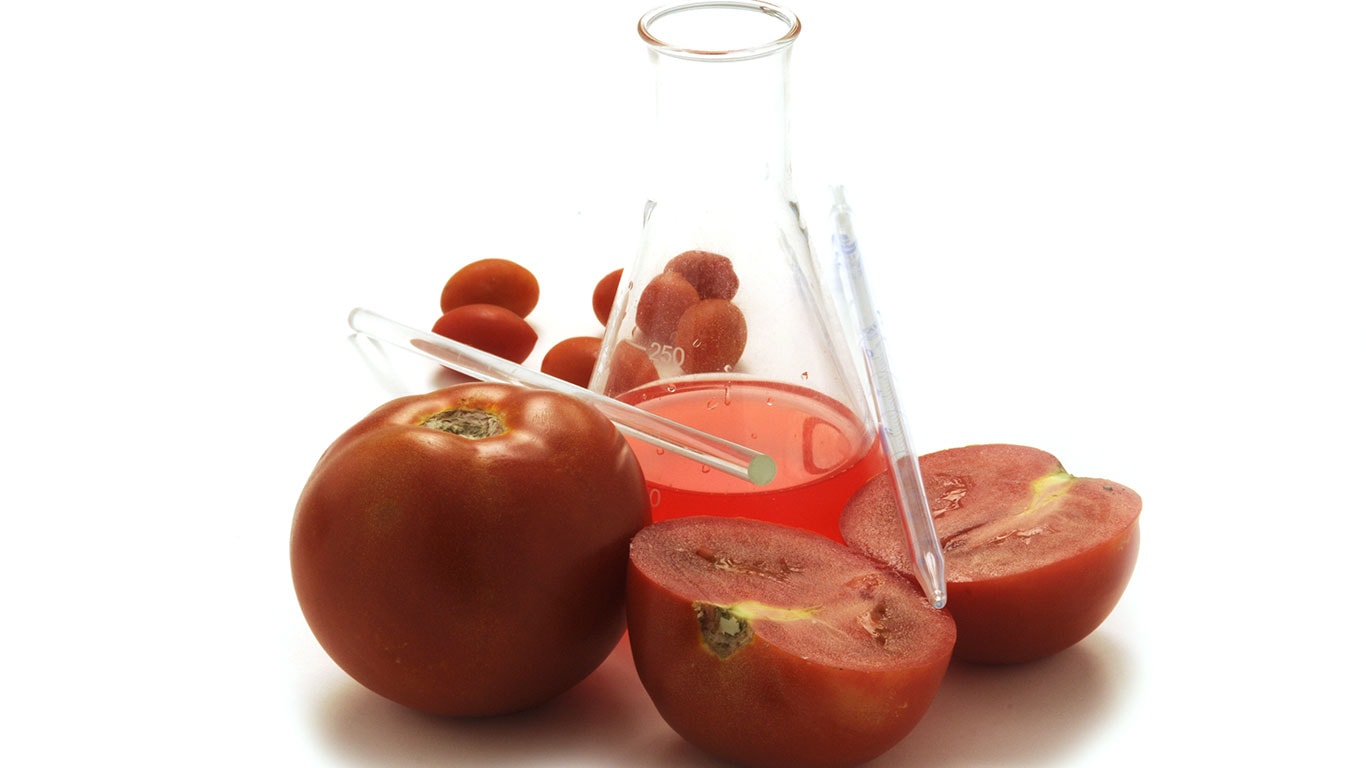Real-time access to and centralization of data is an essential element in any efficient and safe food and beverage processing environment. The challenge faced by many food and beverages processors is the lack of industry-specific technology that tailors to their operational and industry-specific needs. The manual pen-and-paper methods used widely across the industry to keep track of incoming, outgoing and internal operational data is needing to become obsolete due to the pressures from regulators, legislators, and business partners for data traceability, access and accountability. Undoubtedly, the demand for security and real-time access to data weighs heavily on industry with the main concern being the cost of change, centralization and optimization in a complex food processing environment. With technological advances and the market shifts influenced in part by the exponential growth the food and beverage processing industry has enjoyed for the past decade, data wizards across many platforms are seeing the economic opportunities in working alongside the food and beverage industry to develop Laboratory Information Management System (LIMS) software with functionality and capabilities in line with those needed to make food safety, food quality, and supply chain information readily available and easily transferred across the lab, business partners, and the organization thus optimizing operational efficiency, reducing manual efforts, and improving the decision making process anywhere in the chain. With extensive experience serving global food and beverage manufacturers through innovative technologies, SpecPage’ promise is to deliver quality, user-friendly and cost-effective solutions to the recipe-based manufacturing industry. As such, SpecLIMS brings traditional laboratory information management tools and makes them relevant to the food and beverage industry in a variety of areas, especially traceability in quality, managing supplier information, and HACCP compliance.
Traceability of quality in the production process is central to the effective implementation of a Quality Management System – which in small and medium enterprises, tends to be virtually disconnected from the rest of the processing operation with central commands originating from a manual processes that can’t be effectively traced. Utilizing LIMS technology allows the quality department to automate all data collection, from testing to delivering the records of proof that are required for regulatory compliance all in accordance with Good Laboratory Practices, in multiple languages, and centralized in a manner that allows automatic and multi-level release of information in live-time. Furthermore, you can expect to reap the benefits of a secure environment for monitoring batch relationships between raw materials, processed materials, and packaged goods along with a centralized system that collects, stores, processes, and reports all the data generated within food laboratories – whether done in-house or outsourced to third party laboratories, allowing a complete overview of the quality of any product. When called upon, the required quality information can be easily accessed making response times faster, and the data offered more comprehensive thus making food and beverage processors more competitive in local and global markets.
Under the umbrella of an effective Quality Management System is the ability to manage supplier data and react quickly to changes in information or quality of products, thus streamlining how and where aggregates of supplier information is collected instead of multiple data entry pathways on a traditional excel-based system. LIMS makes it easy to define what information and documents processors require supplier to provide, including the collection of certificates of analysis, legally binding product specifications, and other pertinent information needed for regulatory compliance. In addition, data security can be guaranteed through the use of individual log-in, and the use of a messaging system allows for centralized and documented communication between parties thus eliminating the issue of information loss.
Lastly, but not least, any competitive food and beverage manufacturer in the global marketplace must maintain a comprehensive Food Safety Management Plan in compliance with local regulations and those of the countries to which products are sold to. The most widely used system to ensure the safety and quality of foods produced in a manufacturing setting and sold in the marketplace is HACCP – Hazard Analysis Critical Control Point. With the establishment of the Food Safety Modernization Act (FSMA) that later became a US law in 2011, HACCP became mandatory for a broad range of food and beverage manufacturers, greatly shifting the way the food and beverage industry competes on the global marketplace.. In 2015, China updated its China Food Safety Law of 2009 to better clarify regulatory responsibility, increase penalties for the adulteration of food making it unsafe to eat, emphasize industry accountability, and improve traceability of food supply chains. In 2014, the European Union rolled out Smarter Rules for Safer Food, regulations that streamline the legal framework for food safety.
Free E-Book
Why Blockchain will be a game changer for the food and beverage industry.
For companies and their suppliers that are directly affected by the FDA FSMA or comparable international regulations, it is important to be certified to a recognized GFSI standard (for example, FSSC 22000, BRC) to ensure continued compliance.
Because HACCP has been around for decades, the most common methods used to implement such a system have been through HACCP-based written preventative control plans that tend to be paper-based, cumbersome to keep track of and store, and highly vulnerable to human error and mismanagement. Thus, adherence to the requirements of HACCP is highly labor-intensive and costly, and begs the need for an integrated system that is paperless, centralized and efficient in its data management. With LIMS, the seven principles of a HACCP Plan can make risk mitigation and hazard prevention processes integrated and virtual. For example, conducting a Hazard Analysis is the first principle of HACCP and requires that all potential hazards that could come in contact with raw materials prior to receiving and/or in house; finished product(s) along the product’s lifespan in the manufacturing setting; during processing, packaging and storage; and during transport be identified and evaluated. Utilizing LIMS allows food and beverage processors to create a database – rather than a paper trail – of all material suppliers to ensure that all materials that pass through the facility can be traced from their point of entry. Furthermore, all the locations that come in contact with raw ingredients and finished products (such as receiving bay, cold storage, production floor, etc.) can be mapped in the LIMS system in accordance with the company’s material flow plan. Centralizing this information and further utilizing database logs such as supplier information can allow the food safety team to pinpoint potential hazards, and identify and trace any and all materials that are coming through the facility while grouping them by batch, supplier, date, category, lot number, etc. for better trend analytics.
Considering one of the most labor-intensive aspects of a paper-based HACCP system – establishing and implementing monitoring procedures for each Critical Control Point (CCP) identified in the production process – could LIMS help improve the efficiency, traceability and cost-effectiveness of monitoring CCPs? Indeed. LIMS can make monitoring procedures much more efficient by fully automating data collection activities that normally would be done on pen and paper and stored in a binder, and transmission throughout the organization virtually and in real-time. Specifically, LIMS not only enables manufacturers to see historical data on monitoring activities and their outcomes and generate reports for compliance; it is also used to proactively alert the Food Safety Team when critical limits are exceeded. Combined with automation of all other aspects of the HACCP plan, not only can the Food Safety Team react faster with the aforementioned automation, but have the ability to fully trace where controls fell short and rectify the shortcomings immediately. Because a LIMS is a paperless system, it can support automated monitoring and response that is of outmost importance to food and beverage manufacturers that are part of a continuous processing workflow.
Due to the increasing sophistication of technologies that detect contaminants in food products and the resulting focus of legislative bodies around the world to ensure that food is safe, the workload transferred to the food and beverage manufacturers to ensure traceability, timely reactivity and accountability to providing safe food is ever increasing. With such demands comes the need to improve monitoring and reporting efforts; increase transparency in food safety planning; and provide ever more data and traceability of each and every aspect of a food or beverage production system. It is clear that LIMS and its capabilities to solve very complex automation and reporting problems for the food and beverage industry is promising and necessary. Not only that, but food manufacturers that think strategically understand that labor efficiency is a measure of how effectively a workforce completes a task in comparison to industry. Food and Beverage industry leaders that understand this also have a clear understanding that labor is money (or money is stored labor), and money equals margins. Food and beverage manufacturers that prioritize automation and reducing labor costs through implementing efficiency technologies will be more productive, more competitive, more profitable, and ultimately more successful.
Featured Image: © fotolia / OpturaDesign




